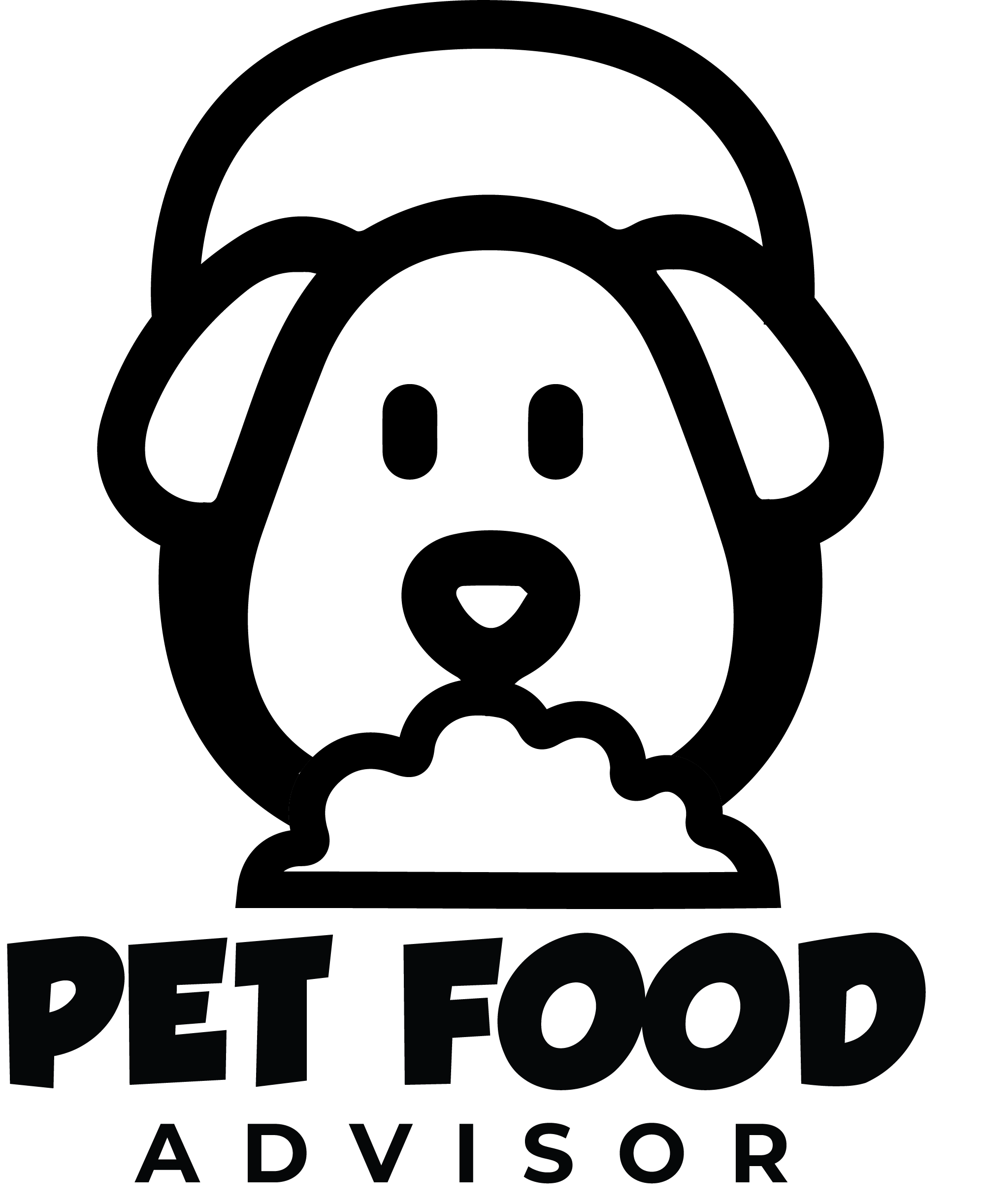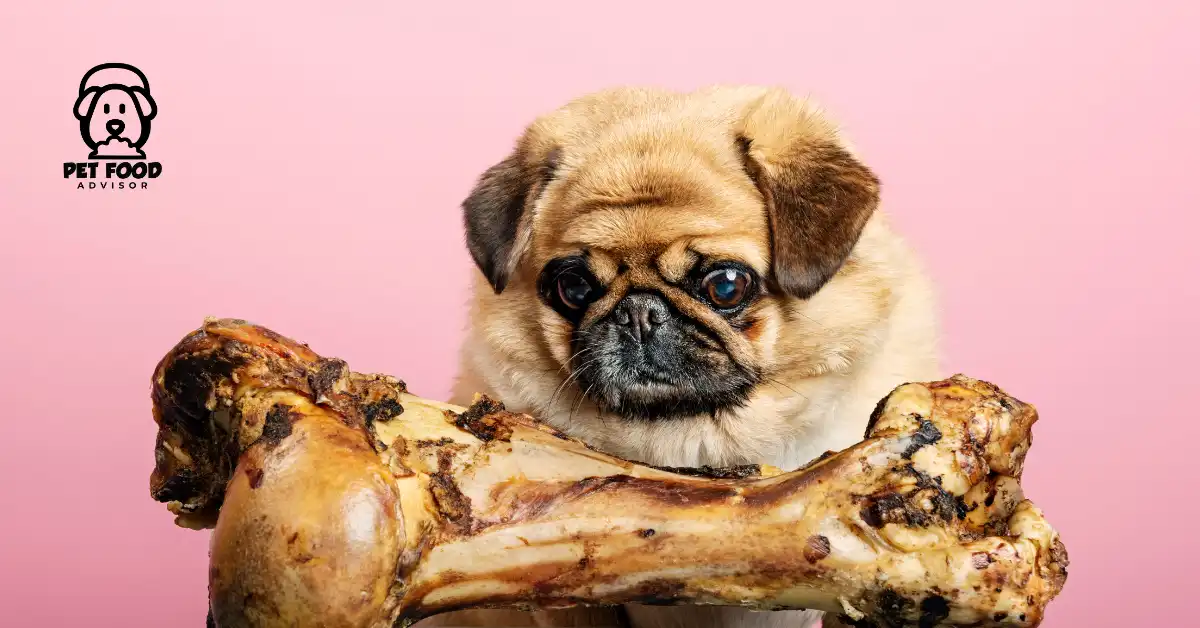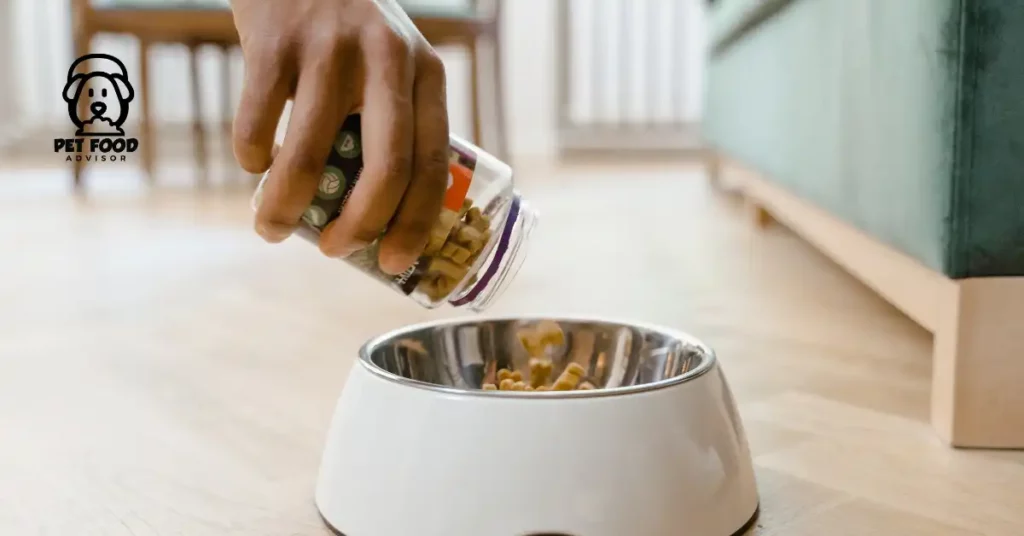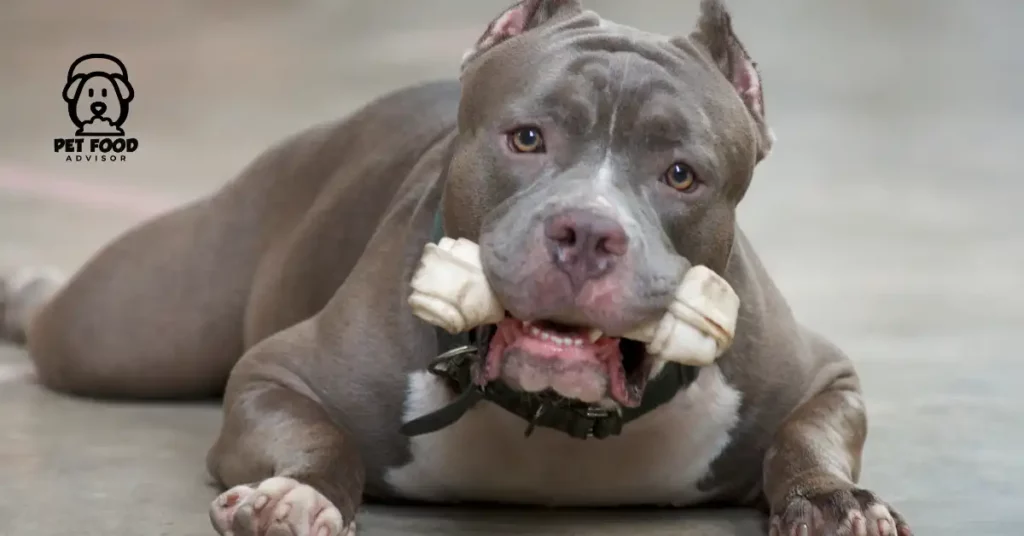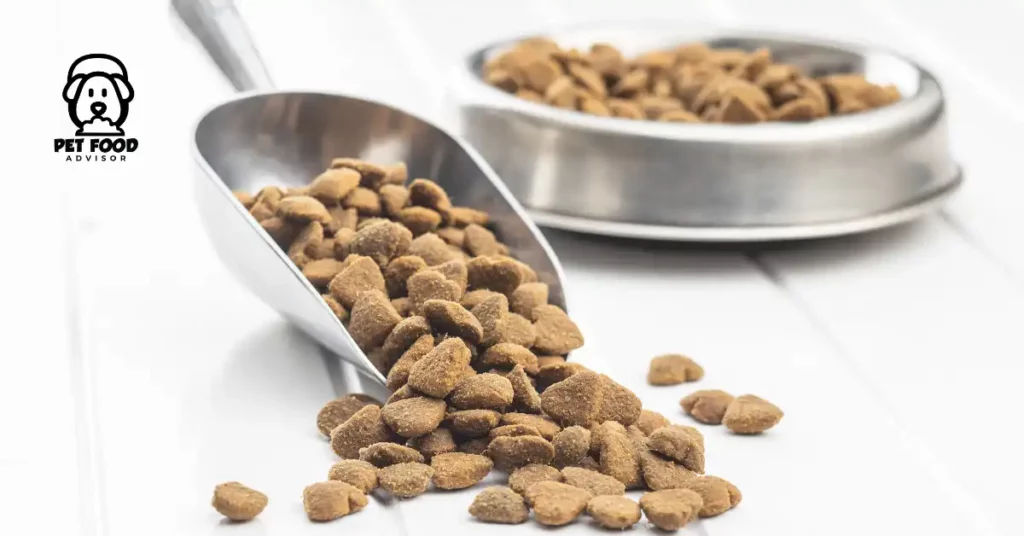Are Bones Good for Puppies? Benefits and Safety Considerations
You need to ensure that your idea to give your dogs bones is safe. You feel it easy to give the bones as a meal to the dogs, but you also need to be cautious with this. Bones can contribute positively to dental health and provide some nutritional value. Bones should be appropriately sized, preferably close to the size of your dog’s head. Never offer cooked bones to dogs, as they can splinter and pose risks. Bones should not be given in small pieces that could be swallowed. Your dogs should not be allowed to bury bones or dig them up later for consumption. Frozen bones should also be avoided due to potential hazards.
The Risks of Feeding Bones to Dogs
Every dog owner fell worried that are bones good for puppies. Bones offer specific benefits to dogs but also have significant risks. Due to the potential severity of these risks, it’s not recommended to feed bones to your dog.
One significant risk when discussing the dangers is that bone splinters could harm your dog’s digestive system. This can result in issues such as tongue, mouth, throat, or esophagus injuries and rectal bleeding. Also, cause peritonitis, a severe bacterial infection in the abdomen from stomach or intestinal punctures. These problems might display noticeable symptoms, but sometimes the signs can be subtle. If you observe any discomfort or illness after your dog has had a bone, it’s wise to contact your veterinarian promptly.
Swallowing a larger bone fragment can lead to a digestive tract blockage, causing discomfort, vomiting, or diarrhea. If you notice any of these signs, seeking veterinary help is crucial. You need to check the condition of your dog on daily bases.
There are also many more dangers that bones can pose as a choking risk. If a piece breaks off and gets lodged in the wrong place, it could lead to a severe choking situation. Chewing on bones could also result in broken teeth. Additionally, since bones can’t be fully digested, excessive chewing can lead to constipation.
Read More: Top 5 Beef Bone Broth For Dogs
Types of Bones For Dogs
There are different types of bones and their potential risks for dogs. Cooked bones are not easily digestible and pose a higher risk of splintering. These splinters could puncture abdominal organs like the stomach and intestines. It leads to discomfort for the dog during elimination. On the other hand, frozen bones become extremely hard and can result in cracked teeth. Old or buried bones can gather harmful bacteria, causing potential infections. The size of the bones matters a lot. It should be as large as the dog’s head to prevent accidental swallowing.
Safe Bone Options for Dogs
Raw Bones
You need to choose raw bones from a good source for your dogs. Ensures they are large enough to be grasped comfortably and about the size of your dog’s head. Look for bones with bulges or lumps on both ends.
Understanding the Risks
Raw bones are good for puppies, but they still carry risks. Dogs can break teeth, cut their gums, or get splinters from bones. Excessive chewing can lead to constipation. Before offering a bone, refrigerate it, and remember to discard it after a few hours.
8 Tips for Safely Giving Your Dog a Bone
Consult Your Vet about Raw Meat Bones
When you want to give your dog the bones, you need to consult your dog veteran. Some vets recommend raw meat bones as treats for dogs. It is important to note that these bones can carry bacteria like salmonella. Even bare bones that are too hard might harm your dog’s teeth. If a bone is more complicated than a tooth, it can lead to tooth fractures, requiring costly dental treatment. Before offering your dog a raw meat bone, discuss it with your vet to ensure it’s safe.
Bone Sharing with Other Dogs
When another dog is visiting your house, then you need to avoid giving your dog a bone. Even well-behaved dogs can become protective of their bones, which might lead to conflicts.
Optimal Timing After a Meal
Giving your dog a bone after a meal is an intelligent approach. Since they’re already satisfied from eating, they’re less likely to chew through the bone quickly. This can promote safer chewing habits.
Refrigerate the Bone
After your dog has enjoyed the bone for 10 to 15 minutes of chewing, it’s a good idea to take it away and place it in the refrigerator. This step helps prevent your dog from consuming excessive amounts of bone material.
Read More: 6 Best Affordable Raw Dog Food
Dispose of the Bone Within Days
Remember to discard the bone after three to four days to ensure your dog’s safety. Bacteria can develop on the bone’s surface over time, potentially causing digestive issues for your furry friend. Proper bone management supports your dog’s health and enjoyment.
Select the Right Size
When considering giving the bones to your dogs, remember that the bones should be larger than the length of their muzzle. This sizing ensures that the bones can’t be swallowed whole. Opt for substantial bones for large breeds like German Shepherd Dogs, Bloodhounds, and Mastiffs. A beef shank bone is a suitable choice for larger dogs.
Keep an Eye Out
Regular supervision is crucial when your dog is chewing on a bone. Check on them periodically to ensure the bone isn’t breaking apart or becoming too small. If you notice any issues, be prepared to remove the bone promptly.
Safe Alternatives
If you are worried about the risks associated with bones, you must consider using commercially available chew toys and simulated dog bones designed for dogs of all sizes.
Benefits of Bone Chewing for Puppies
Physical Advantages
Chewing bones holds various physical benefits for dogs, including puppies. Opposite to claims on some dry pet food labels, bones can help clean dogs’ teeth and reduce plaque growth. This is especially helpful during the teething process in puppies, even aiding in loosening baby teeth.
Active Movements
When dogs chew on bones, they engage in dynamic movements that benefit their physical health. Engaging in bone chewing offers puppies important joint exercise without placing excessive weight on their developing bodies.
Mental Well-being
Bone chewing for puppies offers physical benefits and promotes mental health. Natural bone chewing provides a sense of euphoria that artificial bones made from synthetic materials cannot replicate.
Redirecting Behaviors
Bone chewing can positively influence behavior. Instead of indulging in inappropriate chewing, puppies can be directed toward their designated bones. Over time, they’ll naturally gravitate towards the bone before engaging in unwanted behaviors.
Cognitive Stimulation
Chewing on bones can serve as a mental challenge, mainly when introducing novel types of bones for your pup. This could involve offering bones like goat pelvis or bovine kneecaps that require problem-solving skills. Marrow bones from young hooved animals are also suitable, as they provide safe chewing without risking tooth damage. Once the marrow is consumed, these bones can be filled with other dog-friendly treats, adding an extra layer of engagement.
Read More: Reasons to give Your Dog Chew Bones
Conclusion
Bones might seem appealing for puppies, but you need to make sure that are bones good for puppies. The potential risks of choking, broken teeth, and digestive issues outweigh the perceived benefits. Opt for safer alternatives like chew toys and appropriate treats that won’t compromise your puppy’s health. Prioritize your furry friend’s well-being by making informed choices that ensure their safety and happiness.
